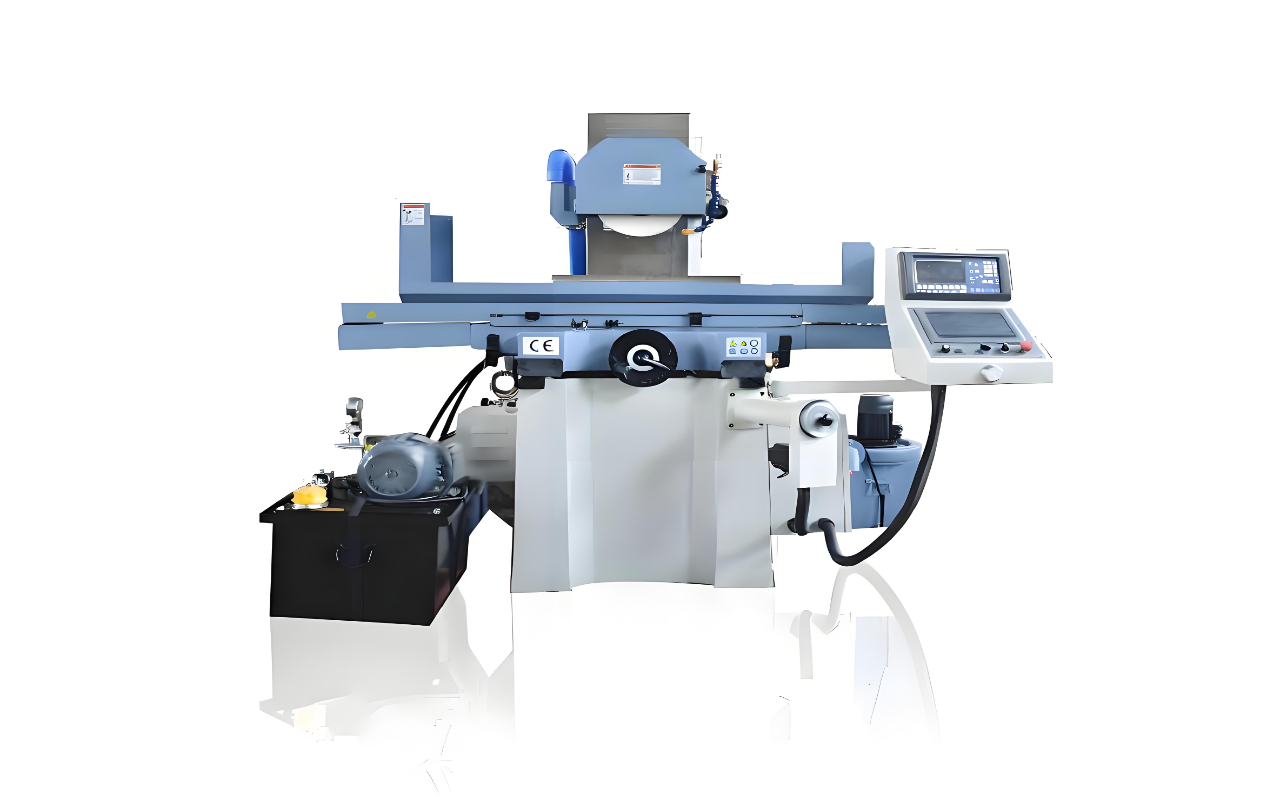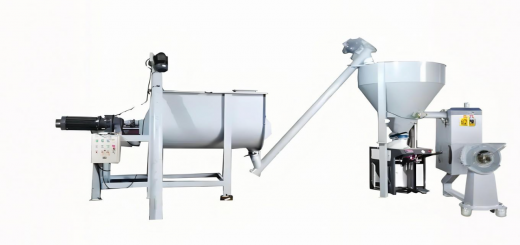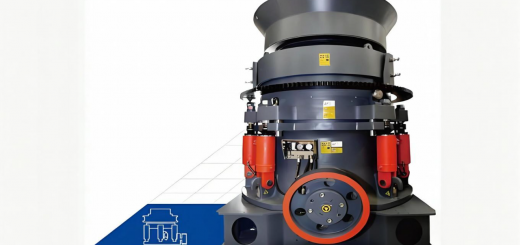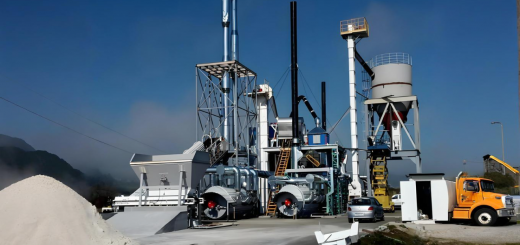CNC Grinding Machine: Ultra-Precision Surface Finishing for High-Tolerance Components

What is a CNC Grinding Machine?
A CNC grinding machine uses computer-controlled abrasive wheels to achieve micron-level precision in surface finishing, dimensional accuracy, and geometry correction for metals, ceramics, and composites. It transforms rough-machined parts into finished components with tolerances up to ±0.001mm.
Types of CNC Grinding Machines
- Surface Grinders
- For flat surfaces (e.g., mold bases, machine ways).
- Cylindrical Grinders
- External/internal grinding of shafts, bearings.
- Tool & Cutter Grinders
- Resharpens drills, end mills, and inserts.
- Creep-Feed Grinders
- Deep-cut grinding for aerospace turbine blades.
Key Advantages
- Sub-Micron Accuracy: Achieves Ra 0.1μm surface finishes.
- Material Versatility: Handles hardened steel (65 HRC+), carbides, and ceramics.
- Automated Precision: Compensates for thermal drift and wheel wear in real time.
- Cost Efficiency: Reduces manual polishing labor by 90%.
Applications
- Aerospace: Jet engine turbine discs, landing gear.
- Medical: Implant surfaces, surgical tools.
- Automotive: Fuel injection nozzles, transmission gears.
Operation Process
- Workholding: Secure parts with magnetic chucks or vacuum fixtures.
- Wheel Selection: Choose abrasives (diamond, CBN) based on material.
- CNC Programming: Set grinding paths, depth (0.005–0.5mm/pass), and coolant flow.
- In-Process Gauging: Probes measure dimensions mid-operation.
- Finishing: Superfinishing wheels achieve mirror-like surfaces.






